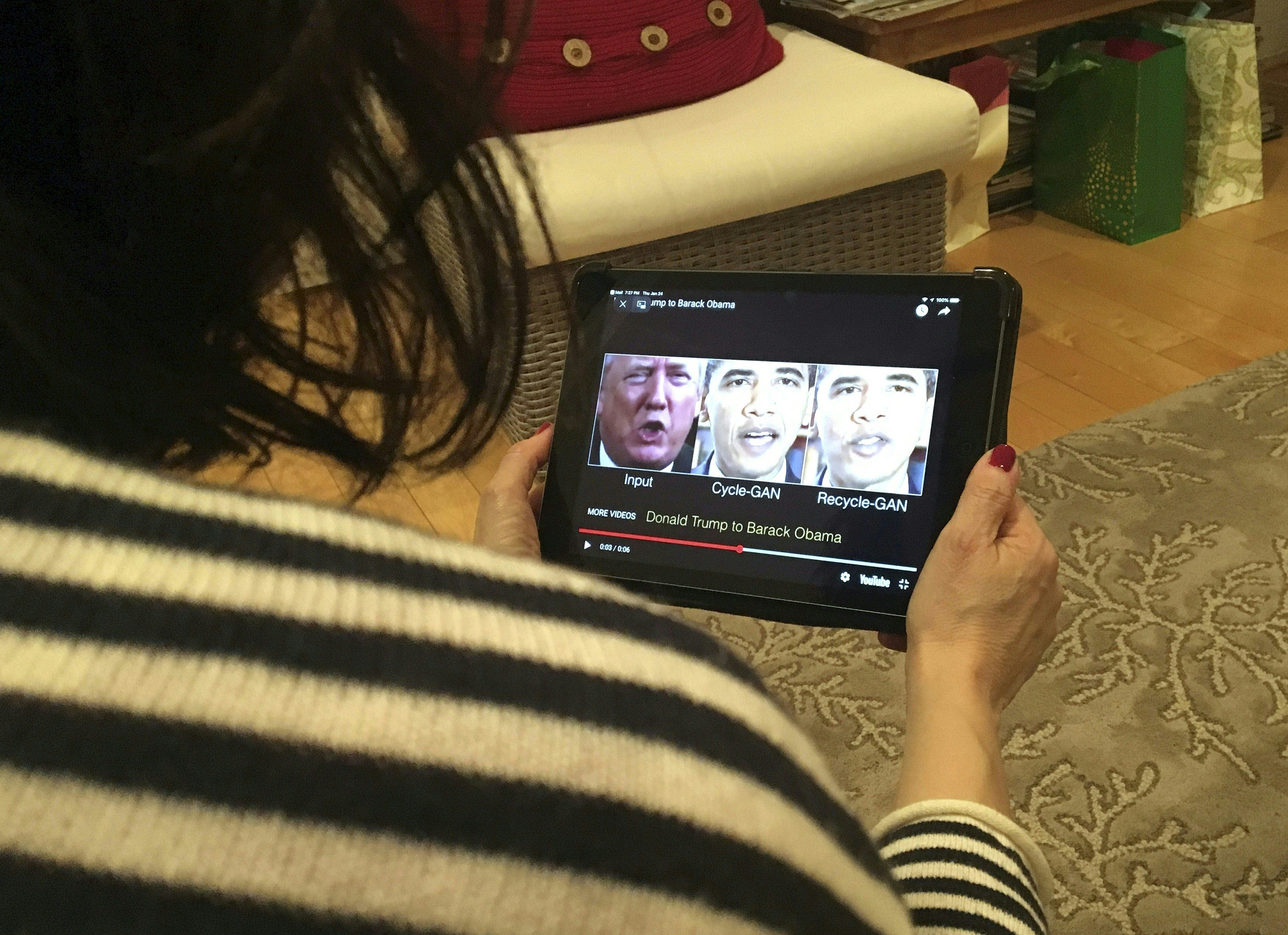Strange blood flow is the secret to detecting deepfakes, new research suggests
Development may also help researchers detect how deepfakes are made

Deepfake videos can be detected by measuring the blood circulation of the person speaking, research suggests.
A deepfake is a video where artificial intelligence and deep learning – an algorithmic learning method used to train computers – has been used to make a person appear to say something they have not.
Notable examples include a manipulated video of Richard Nixon’s Apollo 11 presidential address and Barack Obama insulting Donald Trump.
These edited videos can be extremely difficult to detect, but researchers have suggested that examining how blood moves around the face could indicate what is real and what is fake, since deepfakes cannot replicate it with high enough fidelity.
“Biological signals hidden in portrait videos can be used as an implicit descriptor of authenticity, because they are neither spatially nor temporally preserved in fake content," the research, published in IEEE Transactions on Pattern Analysis and Machine Learning, states.
This means of examination is called photoplethysmography, or PPG, and is used to monitor newborn babies without having to attach anything to their bodies, because their skin is thinner than an adult’s.
“Synthetic content does not contain frames with stable PPG”, the scientists suggest, and were apparently able to tell whether a video was real or fake with over 90 per cent accuracy.
This technique can also be used to detect exactly where the deepfake came from, narrowed down to four different generators – DeepFakes, Face2Face, FaceSwap or NeuralTex.
Deepfakes have been called the most dangerous cybercrime of the future by experts, due to their difficulty to find, and the variety of crimes that the technology could be used for.
The fake videos could be used to discredit a public figure by pretending to be a friend or family member, for example.
Long term effects could be the public distrusting audio and video evidence as a whole.
At the moment, deepfakes are predominantly used for pornography. In June 2020, research indicated that 96 per cent of all deepfakes online are for pornographic context, and nearly 100 per cent of those cases are of women.
Join our commenting forum
Join thought-provoking conversations, follow other Independent readers and see their replies
Comments


Bookmark popover
Removed from bookmarks